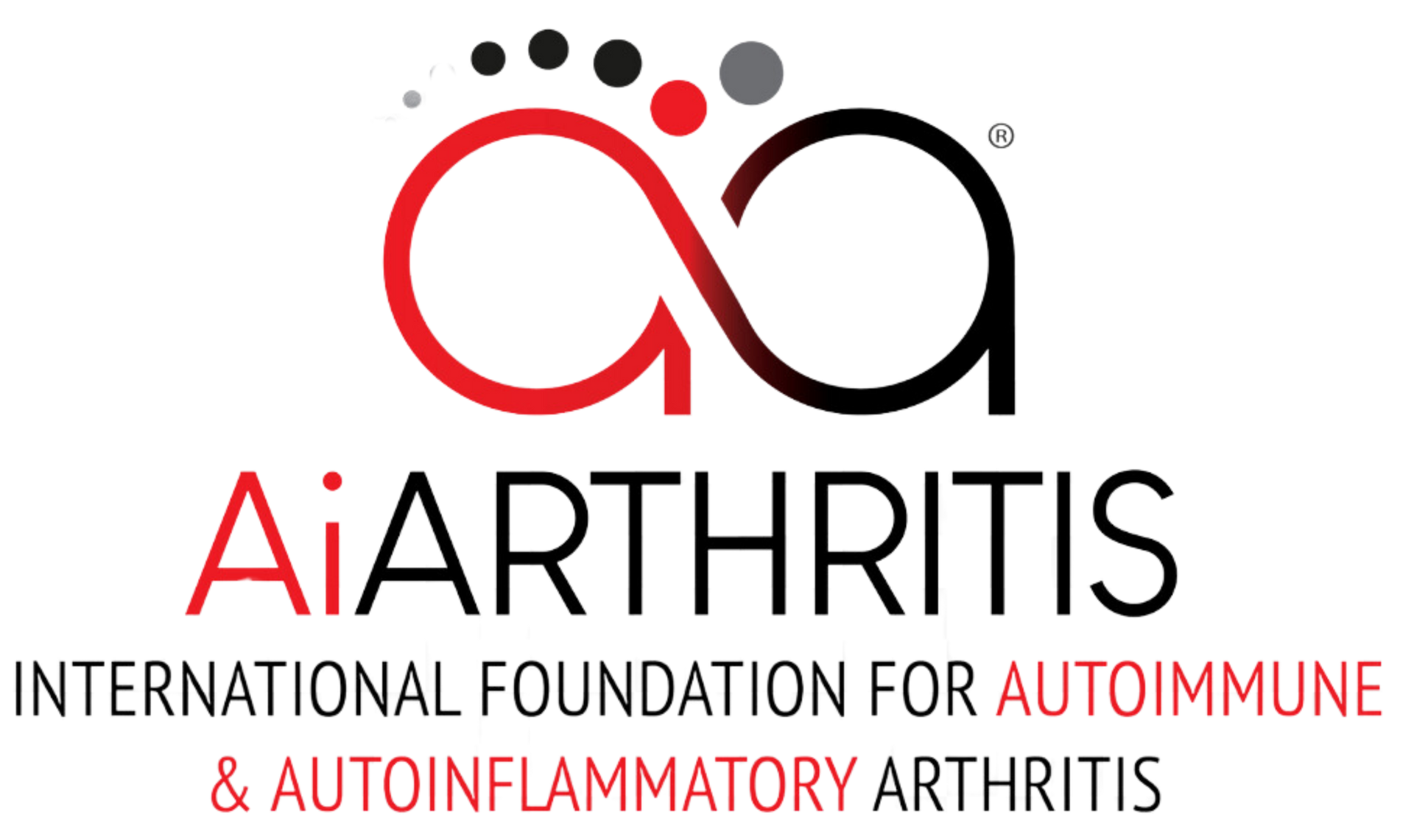Hyper-Immunoglobin D Syndrome (HIDS)
How to pronounce it: Hyper-Immunoglobin D Syndrome - hy-per im-you-no-glawbin
AiArthritis defines Hyper Immunoglobin-D Syndrome as:
Hyper IgD Syndrome (HIDS), also called mevalonate kinase deficiency (MKD), is a rare autoinflammatory disease caused by a genetic mutation. This mutation affects the mevalonate kinase enzyme, leading to inflammation in the body. Symptoms usually begin in early childhood and happen in episodes, meaning they come and go with periods of little to no symptoms in between.
Symptoms & Characteristics
Common in All AiArthritis Diseases
Flares: Periods of worsening symptoms are called flares. A flare can last for hours, days, weeks, or months.
Physical Activity: Condition improves with activity and exercise and worsens with rest.
Comorbidities: When inflammation is left uncontrolled due to lack of proper treatment, comorbidities can develop. 70% of patients with chronic, lifelong disease will develop comorbidities, including dual or triple diagnoses.
Family History:
Autoimmune diseases often run in families, indicating a potential genetic predisposition where that gene can cause disease. Autoinflammatory diseases can occur multiple times in a family, but is based off of genetic mutation. It is not a gene that causes the disease— but a mutation on the gene that can cause the disease which can then be passed on to the next generation.
"Auto" Symptoms
Fatigue: Severe fatigue or exhaustion that may not be helped by caffeine/stimulants and can happen even after a long period of rest.
Cognitive Dysfunction: Brain fog or periods of time where thinking gets clouded and it becomes difficult to concentrate.
Flu-like symptoms: Without having the flu- nausea, muscle weakness, and general malaise.
Fever: Typically low grade in autoimmune (with exception of juvenile idiopathic arthritis) and higher grade in autoinflammatory (% strongly varies per disease).
Reference: Early Symptoms of AiArthritis Study, AiArthritis, 2019.
Inflammatory Arthritis Symptoms
Stiffness: Severe stiffness in one or more joints, especially in the morning or after sitting for long periods of time.
Joint Pain: Episodes of joint pain that may last for hours, days, or even weeks, that can appear and disappear suddenly. Often described as “jumping pain” into different locations.
Typically the joint pain will coincide with one or more “Auto” symptoms and start and stop suddenly - for no apparent reason (which is called a "flare"). Some people will experience all of the above symptoms, others only a few.
If you have any of the arthritis features, and at least one of the “Auto” features, please consult your physician about a referral to a specialist.
Symptoms Often Associated with HIDS
- Rash
- Abdominal pain
- Swollen lymph nodes
- Mouth sores
- Nausea
- Diarrhea
- Vomiting
- Headache
- Enlarged liver and spleen
- Cough/inflammation of back of throat
- Seizures
- Conjunctivitis & uveitis
- Colitis
- Cutaneous vasculitis
Diagnosing HIDS
There’s no single test that can confirm a Hyper IgD Syndrome (HIDS) diagnosis, so rheumatologists use a combination of physical exams and a review of family history of autoimmune or autoinflammatory diseases to evaluate symptoms. Genetic testing plays a crucial role in diagnosing HIDS. A blood sample is analyzed to detect mutations in the mevalonate kinase (MVK) gene, which supports the diagnosis of HIDS.
Blood tests taken during fever episodes to measure inflammation markers, such as CRP and ESR, are also helpful in the diagnostic process. These tests, combined with clinical symptoms and genetic findings, help confirm the diagnosis.
While ACR and EULAR guidelines do not provide specific protocols for HIDS, they emphasize the importance of genetic testing in diagnosing rare autoinflammatory diseases like HIDS, ensuring an accurate diagnosis and appropriate treatment plan.
HIDS Treatment Options
Treatment OptionsTreatments are tailored to each individual's disease, but visit our Treatment Options page to learn more about the different types of treatments that are used for HIDS.
What Fellow HIDS Patients Want You to Know
Submit YOUR AdviceWe need YOUR advice! Fill out this form to give peer advice to those with your disease.
Interesting Facts about HIDS
- HIDS was first recognized in the 1980s as a periodic fever syndrome caused by mutations in the MVK gene. It is named for the elevated levels of immunoglobulin D (IgD) found in affected patients, which was originally thought to be a key feature of the disease.
- Only about 200 cases of HIDS have been reported worldwide
- Europeans are most commonly affected (specifically Dutch and French)
HIDS Awareness Days/Months
- World Autoimmune and Autoinflammatory Arthritis Day - May 20th
- Rare Disease Day - February 29th (28th)
- Autoimmune Awareness Month - March
- Rheumatic Disease Awareness Month - September
- Pain Awareness Month - September
- Chronic Disease Awareness Day - July 10th
- Invisible Disabilities Week - 3rd full week of October
Other HIDS Resources
In an effort to ensure this page has the most accurate and up-to-date information, this page is currently awaiting medical review. Some information is subject to change.
Page Last Updated: 10/31/2024





